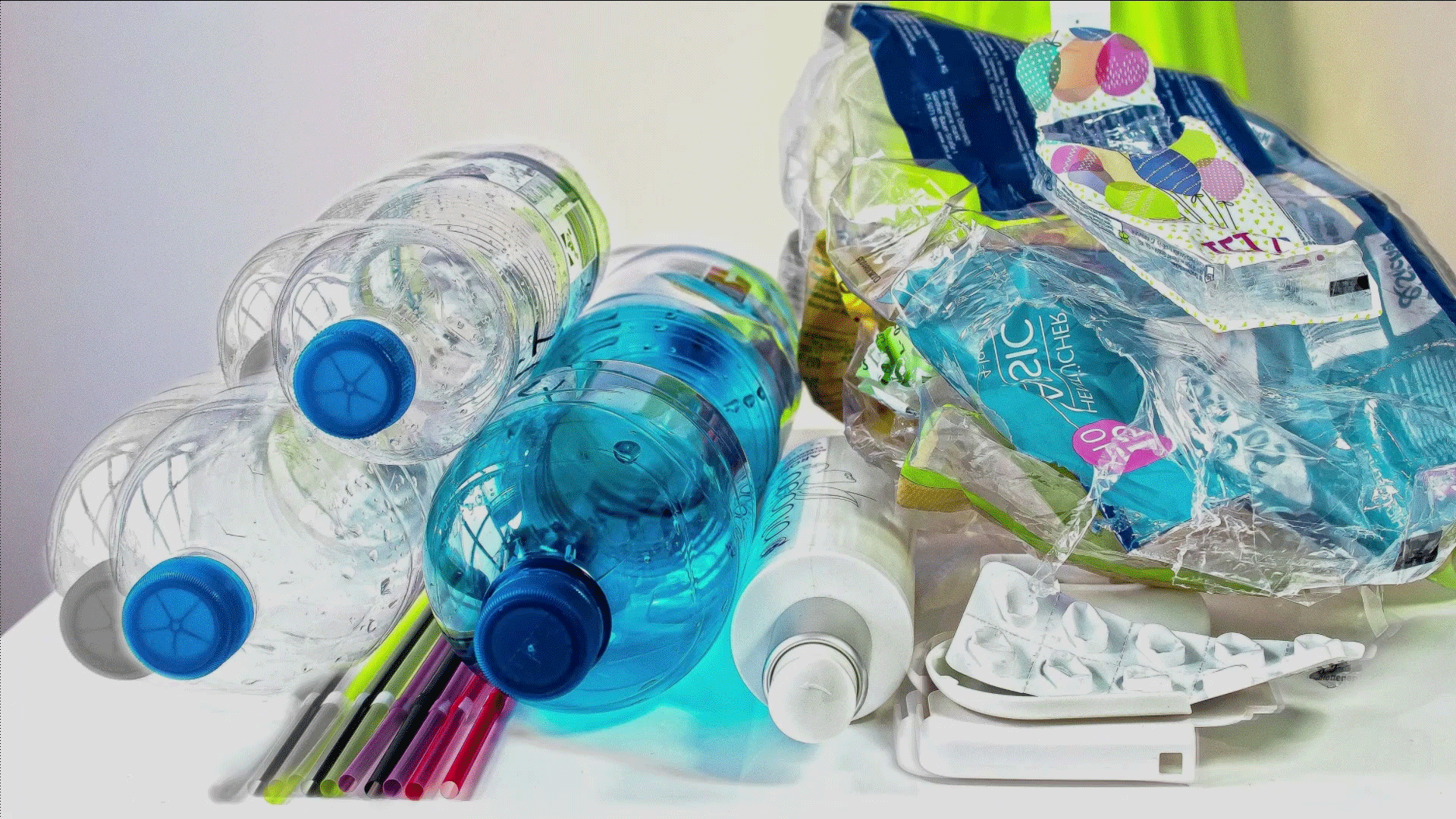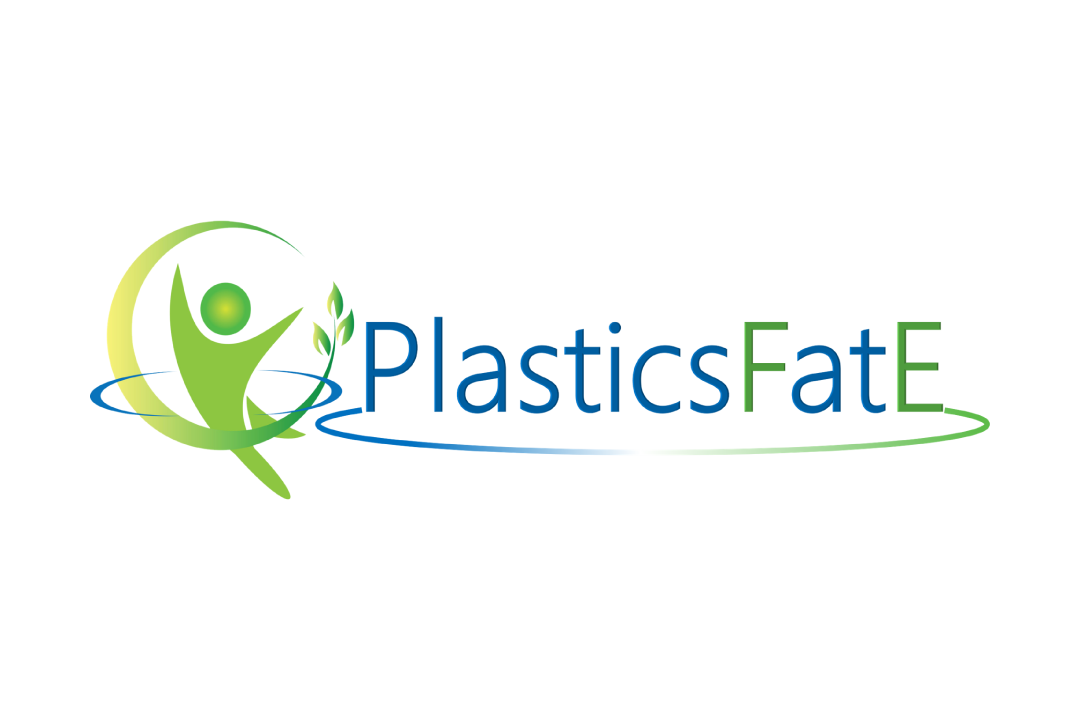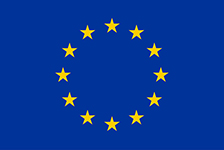PLASTICSFATE: Plastics Fate and Effects in the human body

The PlasticsFatE project aims to improve the understanding and knowledge of the impact of micro- and nanoplastics (and their associated additives and contaminants) on the human body, by establishing new valid analytical methodologies that will allow the application of a risk assessment strategy adapted to assess the environmental fate and impact of micro- and nanoplastics on human health.
Context
Current knowledge on the risks of the presence of microplastics (MP) and nanoplastics (NP) in the environment and on human health is still scarce. Their presence in aquatic environments, when released as a result of human activity, makes them bioavailable to water-dwelling organisms. Thus, microplastics pass easily into the food chain when ingested by lower links, reaching humans through the diet.
At present, there are no standardised or accepted analytical and biological methodologies to obtain accurate data on PMs/NPs. It is therefore necessary to establish methodologies to produce sound and reliable scientific data to improve the understanding of micro- and nanoplastics in order to properly assess and manage their potential environmental and human risks and thus support the development and updating of European policies and strategies aimed at reducing their release and presence in the environment.
Summary and objectives
The main objective of PlasticsFatE is to improve the understanding and knowledge of the impact of micro- and nanoplastics – and their associated additives and contaminants – on the human body, by establishing new valid analytical methodologies that allow the implementation of a risk assessment strategy adapted to assess the environmental fate and impact of PM/NPs on human health.
A number of secondary objectives will be developed within the project:
1. To establish validated methods for the study of PM/NPs in complex matrices, comprising both environmental matrices (aquatic environment, soil, etc.) and human tissues:
- Develop a well-characterised set of reference materials (PM and NP), fluorescently labelled for traceability in toxicity testing, to be used for method validation. These materials will be selected for their common occurrence in food, air, water, personal care products, etc.
- Develop protocols for sample preparation in complex matrices, analytical and biological methods for exposure and hazard assessment. Inter-laboratory comparison studies will be performed.
2. To assess the levels and sources of exposure to PM/PN and their fate, as well as to study the effects on the human body and the risk management associated with PM/PN. This will be done by:
- To study the potential transmission of PM/NPs from sources of exposure to the organism, for which we will analyse, in particular, complex matrices relevant to exposure such as tissues, blood, urine, faeces, mucosa, as well as transmission through the food chain. Factors, properties and mechanisms behind the effects in humans will be analysed through in vitro and in vivo studies. Possible human exposure to pathogens and contaminants present and transported by PM/PN will also be studied.Establish occupational exposure levels in workplaces and develop biomonitoring studies of PM/NPs in humans.
- Integrate the new PM/PP risk assessment and management strategy into a decision-making system that will help industry and regulators to establish proper management. To support the European Plastics Strategy in a Circular Economy and other relevant programmes.
3. Validation of the methods for measurement, characterisation and risk assessment developed in the project through case studies. This will be done by:
- Study occupational (workplace) exposure using the new methods developed for human biomonitoring.
- Modelling the long-term (chronic) effects of PM/NP on human health through the food chain.
Consortium
The PlasticsFatE consortium brings together 28 partners from 12 European countries including 9 research centres, 4 government agencies, 5 SMEs, 1 large company and 9 universities.
1. OPTIMAT (coordinator) – United Kingdom.
2. REUTHER RUDOLF (ENAS) – Germany.
3. EUROPEAN RESEARCH SERVICES GMBH (ERS) – Germany.
4. STATENS ARBEIDSMILJOINSTITUTT (STAMI) – Norway.
5. DET NATIONALE FORSKNINGSCENTER FORARBEJDSMILJO (NRCWE) – Denmark.
6. FRIEDRICH-ALEXANDER-UNIVERSITAET ERLANGEN-NUERNBERG (FAU) – Germany.
7. NIVERSITAIR MEDISCH CENTRUM UTRECHT (UMC UTRECHT) – The Netherlands.
8. STICHTING WAGENINGEN RESEARCH (WFSR) – The Netherlands.
9. BUNDESANSTALT FUER MATERIALFORSCHUNG UND -PRUEFUNG (BAM) – Germany.
10. AGENCIA ESTATAL CONSEJO SUPERIOR DEINVESTIGACIONES CIENTIFICAS (CSIC) – Spain.
11. CONSIGLIO NAZIONALE DELLE RICERCHE (CNR) – Italy.
12. FRAUNHOFER GESELLSCHAFT ZUR FOERDERUNG DER ANGEWANDTEN FORSCHUNG E.V. – Germany.
13. HELMHOLTZ-ZENTRUM FUR UMWELTFORSCHUNG GMBH – UFZ (UFZ) – Germany.
14. FORSCHUNGSVERBUND BERLIN EV (IGB) – Germany.
15. UNIVERSITEIT LEIDEN (ULEIDEN) – The Netherlands.
16. UNIVERZA V LJUBLJANI (UL) – Slovenia.
17. UNIVERSITAET FUER BODENKULTUR WIEN (BOKU) – Austria.
18. UNIVERSITAT BAYREUTH (UBT) – Germany.
19. UNIVERSITA DEGLI STUDI DI TORINO (UNITO) – Italy.
20. UNIVERSITA DEGLI STUDI DI ROMA TOR VERGATA (URTV) – Italy.
21. UNIVERSITE DE PARIS (UP) – France.
22. NATIONAL TECHNICAL UNIVERSITY OF ATHENS – NTUA – Greece.
23. CENTRO TECNOLÓGICO ITENE – Spain.
24. ECAMRICERT SRL (ER) – Italy.
25. FUNDACION GAIKER – España.
26. INNOSIEVE DIAGNOSTICS BV – The Netherlands.
27. DECHEMA GESELLSCHAFT FUER CHEMISCHE TECHNIK UND BIOTECHNOLOGIE E.V. – Germany.
28. UMWELTBUNDESAMT (UBA) – Germany.
ITENE’s role
The PlasticsFatE project is organised in 8 work packages (WP) and ITENE participates in four of them. Thus, the technology centre participates in WP2 dedicated to the assessment of fate and exposure to micro- and nanoplastics and leads the work on modelling the environmental fate, human exposure and toxicokinetics of micro- and nanoplastics.
ITENE is also involved in WP4, which deals with risk assessment and risk management. In this framework, it collaborates in task 4.3, on the development of a prospective multi-criteria decision support system for plastics; it leads task 4.4, on the development of the platform for the decision support system for risk assessment and risk management, and participates in task 4.5, which deals with coordination with other projects and activities.
The technology centre is also leading WP5, which aims to demonstrate the solutions found in this project through case studies. In this work package, it leads task 5.1, on strategies for monitoring and biomonitoring of occupational exposure, and participates in task 5.4, which deals with the feedback to packages 1 and 4.
Finally, ITENE collaborates in WP6 for the dissemination, exploitation and impact of the results.
Moreover, thanks to its contribution to this project, ITENE is part of CUSP, a European research cluster formed to understand the health impacts of micro- and nanoplastics.

